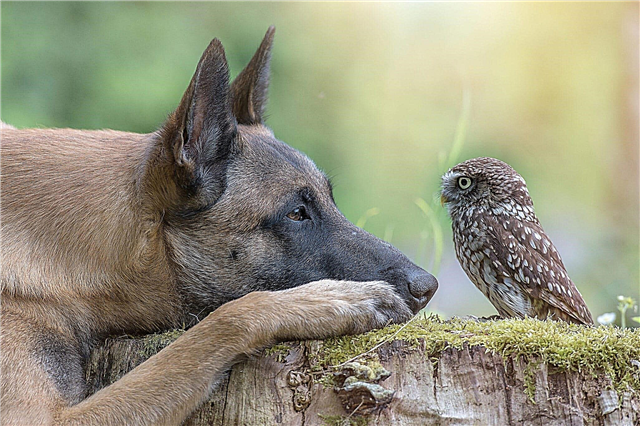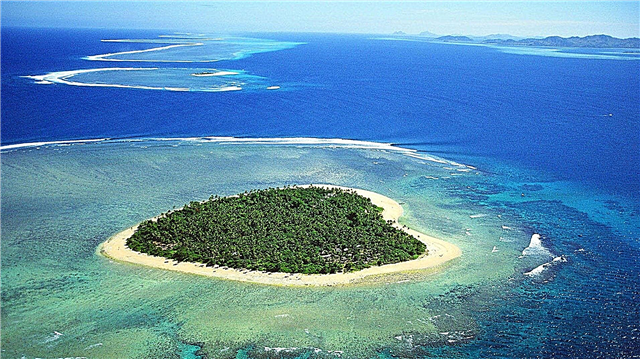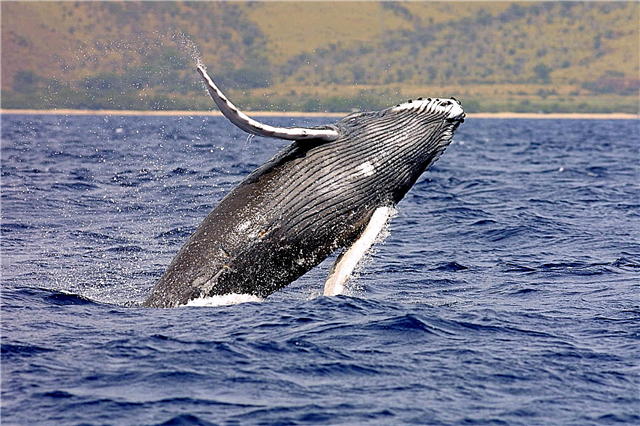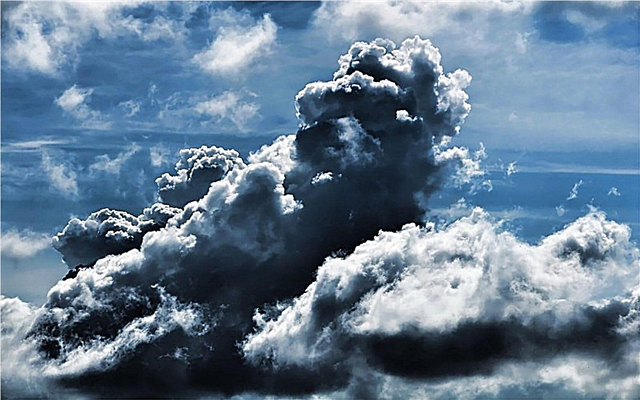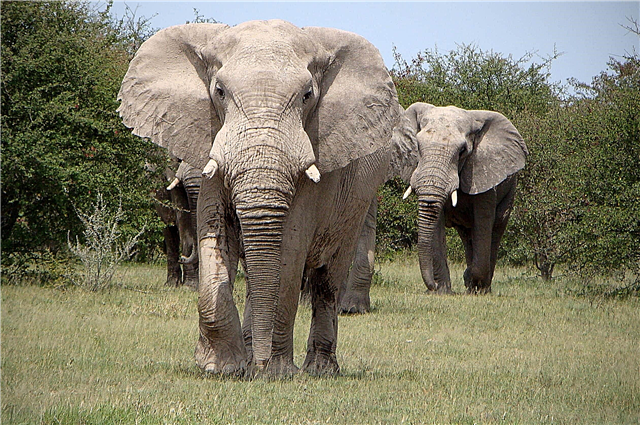
Animals do not have time to adapt to a rapidly changing climate. This conclusion was made by scientists of the international group, comparing the results of more than ten thousand previously published scientific papers on temperature changes in different parts of the world over the past several decades.
Global temperature changes may endanger the existence of many rare animals and birds. However, according to the findings of the same study, the most common species, even magpies, do not have time to adapt to a changing climate.
The study and its results
After comparing the climate readings with the results of 20-30 years ago, as well as the parameters of the average weight and body temperature of representatives of several generations of animals and birds, the researchers could not come to a single conclusion. Some, for example, claim that animals are able to adapt to a changing climate, since they do not leave their habitats and exist in them without problems.
This is refuted by the head of the study, speaking of a frightening trend - the climate is changing faster than animals adapt to it, and this will negatively affect the life of whole species in the near future.
What threatens climate change?
The temperature regime for animals in their habitats is not only comfortable conditions for their existence. Do not forget about annual events in the life of many species.Hibernation, migration - all these patterns are directly related to the climate, and when it changes, they can be disturbed. The food chain will suffer from this within not only one group, but all animal species.
Bears who did not hibernate in the winter and wander through the forests in search of food, or birds that do not migrate - such phenomena are now far from rare, so the results of climate studies no longer seem so unrealistic.
Do you trust the study?
However, it is still impossible to interpret conclusions from the work carried out by scientists unequivocally - a lot of indications (especially in 20-30-year-old studies) have their accuracy in the accuracy of the figures. Moreover, many climatic reactions of animals and birds cannot be investigated in an artificial environment.
This means literally that documenting the violation of animal adaptation processes is possible only in the wild, which, of course, is not possible.



